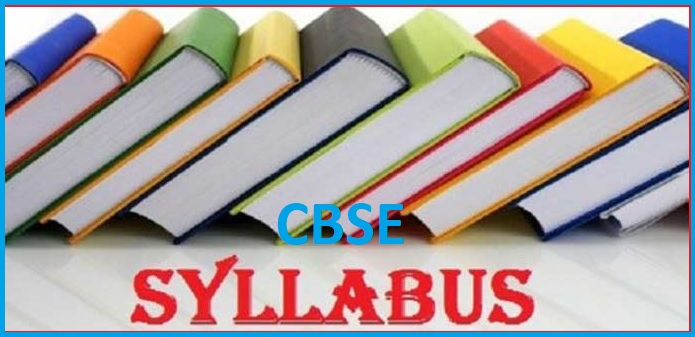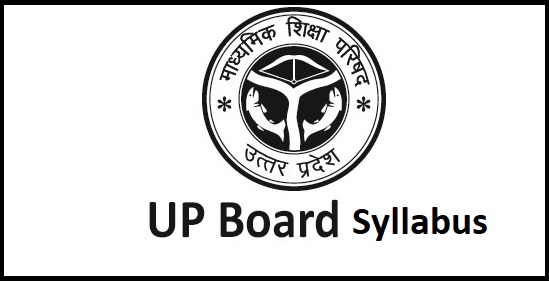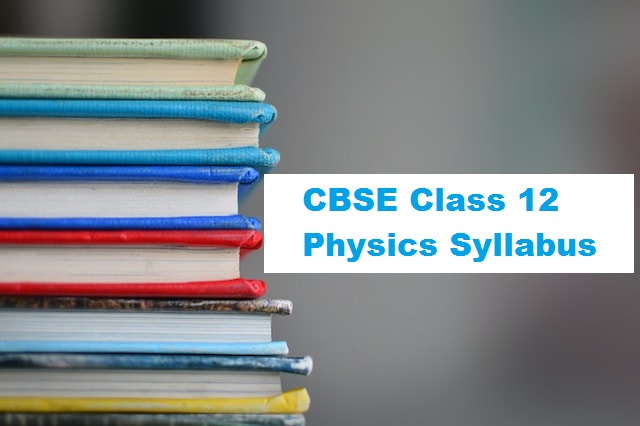UP Board Class 9 Social Science Syllabus 2024-25

UP Board Social Science syllabus 2024-25 is here to check. Those candidates who are going to prepare for the final exam must know and understand the syllabus thoroughly. The question paper of the final examination will be prepared based on the topics included in the syllabus. In this post, we are going to provide the complete UP Board Class 9 Social Science syllabus 2024.
UP Board Social Science Class 9th Syllabus 2024-25
The topics which are still included in the UP Board class 9th syllabus for Social Science subject are given below. Students must study the following topics only in order to prepare for the final examination.
Unit 1: India and the Contemporary World (History) – I (20 Marks)
Section – 1 (9 marks)
1. The French Revolution
- French Society During the Late Eighteenth Century
- The Outbreak of the Revolution
- France Abolishes Monarchy and Becomes a Republic
- Did Women have a Revolution?
- The Abolition of Slavery
- The Revolution and Everyday Life
2. Socialism in Europe and the Russian Revolution
- Crisis of tsarism
- Nature of social movements between 1905 to 1917.
- World War I and the establishment of the Soviet State.
- Heritage
3. Rise of Hitler and Nazism
- Development of social nationalism
- Crisis in Germany, root cause of rise of Hitler
- Ideology of nazism
- Influence of nazism
Section – 2 (06 marks)
4. Savage Society and Colonialism
1. Relationship between livelihood generation and forest
2. Changes in wild society (policies) under colonialism,
Case studies – mainly in two forest movements, first in colonial India (Bastar) and second in Indonesia.
5. Shepherds in the Modern World
1. Pastoralism – as a means of subsistence
2. Different types (forms) of pastoralism
3. Pastoral Life under Colonial Rule and the Modern State
Case studies – mainly two pastoral groups – one from Africa and the other from India.
Map Work- 05 Issue
1 French Revolution- Outline map of France (to mark and identify/nominate)
a. Bordox
b-Nantes
c-Paris
d-Marseilles
2. Socialism in Europe and Russian Revolution
Outline Map of the World (to mark, identify/label)
A- Major countries of the First World War (Central Powers and Allied Powers)
B-Central Powers- Germany, Austria-Hungary, Turkey (Ottoman Empire)
C-Allied Powers- France, England, (Russia), America
Note- Five questions related to the map will be asked for visually impaired candidates.
Geography (20 Marks)
Unit – 1 – 07 Marks
- India-Size and Location
- Physical Nature of India-Land-Features (Relief), Structure, Major Natural Geographical Units (Physiographic Unit).
- Drainage- Major rivers and their tributaries, lakes, role of rivers in economy, pollution of rivers, measures to prevent pollution of rivers.
Unit-2 – 08 Marks
- Climate-Introduction, climatic control, factors affecting the climate of India, air pressure and wind, seasons-winter, summer, rainy season, distribution of rainfall, monsoon-unity
introduction
(k) Natural vegetation and wild animals – types of vegetation, wild animal
Unit – 3
(ii) Population-size and distribution of population, process of population growth and population change.
Map work – 05 marks
1-India-size and position
- India-States with capitals, Tropic of Capricorn, Tropic of Capricorn, Standard Meridian, Southernmost, Northernmost, Easternmost and Westernmost points (marking and naming)
2-Natural features of India Sentiments-
- Mountain ranges- Karakoram, Shivalik, Aravalli, Vindhya, Satpura, Western and Eastern Ghats, Jaskar.
- Mountain ranges- Zone-2, Kangchenjunga, Anaimudi
- Plateau- Deccan Plateau, Chheta Nagpur Plateau, Malwa Plateau
- Coastal Plains- Kankan, Malabar, Kerra Region and Chhatwajimatd Bpatbante (Identified and Named)
3-Drainage system-
Rivers (only for marking)
a) Himalayan river system – Indus, Ganga and Sutlej
b) Peninsular rivers- Narmada, Tapti, Cauvery, Krishna, Godavari, Mahanadi.
Lakes-Wular, Pulicat, Sambhar, Chilka, and Vembanad, Kelleru
4- Climate-
Cities to mark – Thiruvananthapuram, Chennai, Jeddahpur, Bangalore, Mumbai, Kolkata, Leh, Shillong, Delhi, Nagpur (mark and nominate)
5. Population (marking and enrolling)-
Largest and smallest states.
Note- Five questions related to the map will be asked for visually impaired candidates.
Civics (15 Marks)
Unit – 1 – 06 marks
- What and why democracy?
What are the different ways to define democracy? Why has dictatorship become the most popular form of government? What are the alternatives to the ballot system? Is the LaCentre system better than its premium counterparts? Should every democracy have the same institutions and ideals? - Constitution making –
India became a democracy – why and how? How has the Indian Constitution evolved? What are the salient features of the Indian Constitution? How has democracy been continuously constructed and re-constructed in India?
Unit-2 – 09 Marks
- Electoral Politics – How and why do we elect our representatives? What is the rivalry between political parties in our country? How has the participation of citizens in electoral politics changed? What are the ways to ensure free and fair elections?
- Functioning of the institutions-
How is the state governed? What is the role of the Parliament in our democracy? What is the role of the President, the Prime Minister and the Council of Ministers of India? How are they related to each other? - Democratic Rights- Why do we need rights in the constitution? What are the fundamental rights enjoyed by the citizens in the Indian Constitution? How does the Judiciary protect the fundamental rights of the citizens? What are the measures to ensure the independence of judiciary.
Economics (15 Marks)
Unit – 1 – 7 Marks
- Story of Palampur – Economic transactions in Palampur and interaction of Palampur with the rest of the world through which the concept of production (land, capital and labor) can be explained.
- Population as a Resource (LAG) – How does the population become a resource/wealth? economic activities performed by men and women; Unpaid work done by women; quality of human resources; Role of health and education; Unemployment as a form of underutilization of human resources, its social and political implications in general.
Unit – 2- 8 Marks
- Poverty A Challenge- The burden of the poor is (by one urban, one rural case study), Indicators; Absolute poverty – why people are poor; Unequal distribution of resources, comparison between countries, steps taken by the government to eradicate poverty.
- Food Security in India – Sources of food grains, diversity in the country, famines in the past, need for self-reliance, role of government in food security, procurement of food grains, Chhatre Bhandar (overcrowded stores) and hungry people, Public Distribution system, role of cooperatives in food security (food grains, milk and vegetable ration shops; cooperative shops, 2-3 examples)
Project work/ Activity
- Students should identify music, dance, festivals and cuisines during the particular weather and also note down if a region bears some similarity with the other. Students should collect vegetation and materials / information regarding animal kingdom around the vicinity of their college. They should prepare a list of endangered species and efforts for their conservation.
Poster
- River Pollution
- Deforestation and Ecological imbalance
Note: Any other similar activity can also selected
Project work: It’s teacher’s discretion to allot any 3 projects (5 marks each) from the syllabus to students.



Vishal
Class 9 syllabus all subjects